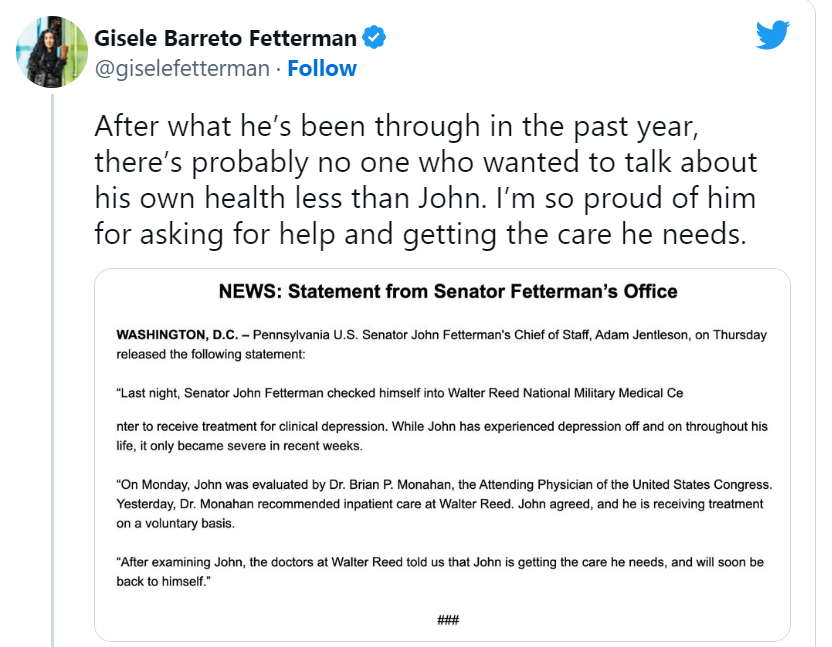Employees Protest RTO Policies
/As companies push for employees to return to the office after working remotely during the pandemic, employees are pushing back. In their arguments, we see different approaches—some more effective than others.
Here are a few employee messages against return to office (RTO) plans:
Apple: This powerful message directly argues against points the executive team made to inspire people back to work. It’s a compelling persuasive example. One of the strongest arguments is that the RTO policy “will make Apple younger, whiter, more male dominated, more neuro-normative, more able-bodied, in short, it will lead to privileges deciding who can work for Apple, not who’d be the best fit.” Although the writers don’t provide a lot of evidence, the potential impact reflects reasons employees give for refusing to go back to an office. Less diversity as a result of RTO is clearly inconsistent with Apple’s inclusion and diversity mission, but the employees don’t mention that. This is a good lesson for our students who cite a company’s mission in their presentations; this approach may be too obvious and pedantic for internal arguments.
Starbucks: This message also disputes claims made by senior management and more explicitly identifies contradictions with the company mission, “One cup, one person, and one neighborhood at a time.” The logic is loose, and it sounds shallow. Later, employees hit hard: “Morale is at an all-time low, and the brand reputation and financial value of this publicly traded company are at risk.” Those are big, bold statements that might cause executives to be less, instead or more, sympathetic.
Black & Veatch: Writers of this petition for a construction engineering company use survey data as their primary source of evidence. The message cites the “Working in New Ways” policy that allowed for remote work. Employees use criteria reasoning (and question the executives’ integrity): “Positions were advertised and professionals hired with the expectation their positions would remain permanently virtual.” Sadly, this message highlights the dangers of an employee survey: the data could be used against the company.
I can’t find an employee statement, but Amazon made news this week when they resisted CEO Andy Jassey’s RTO message. Jassey makes the usual arguments about culture, collaboration, learning, and connection, relying on what he and the rest of the “s-team” (senior management team) has observed. Students can analyze his argument and may find weak evidence.
At Amazon, employee walkouts may or may not influence the decision, but solidarity among corporate and warehouse employees is refreshing. Although warehouse employees never had remote work options, they seem to support the corporate staff’s flexibility, with one explaining, “It’s just showing us that Amazon has a problem with workers and listening to us.”























